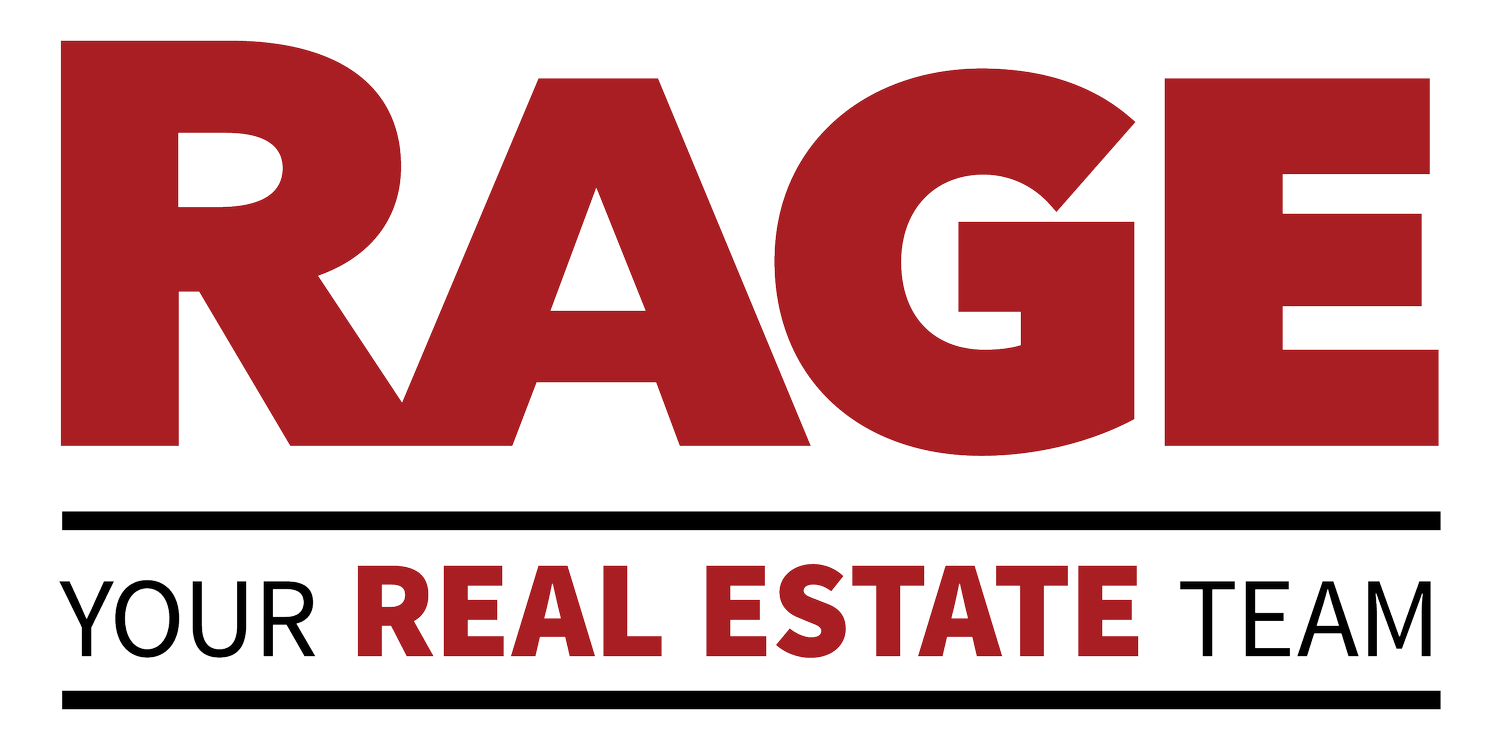Five Reasons Why Some Neighborhoods Appreciate (Go Up in Value) Faster than Others
It’s true that real estate generally goes up in value over time, but what makes certain neighborhoods skyrocket faster than others in hot markets?
Location, location, location.
Real estate has a few foundational rules. The first is location, location, location.
When buying a home, pay attention to factors beyond the remodeled bathroom and shiny hardwood floors.
Is the neighborhood quiet or is the home on a super busy street?
Does the home back to open space with mountain views, or is the home adjacent to the community’s electrical distribution center?
Is your home in an area with other single family homes, or is your home surrounded by warehouses and apartment buildings?
Always remember: location, location, location.
2. Neighborhood Amenities
We commonly have buyers who asks how close a home is to bike trials or coffee shops. Buyers often desire their kids to be in specific school districts.
How cool would it be to live just two blocks from the neighborhood swimming pool? Does your neighborhood even have a pool?
Neighborhood amenities have a big impact on home value appreciation.
3. Style of Homes
Certain home styles are more prime for renovation than others.
A run-down Victorian home is more attractive for aspiring home-renovators than a run down small ranch home with short ceilings and asbestos siding.
Pay attention to the style of homes in a neighborhood as a way of projecting the long-term upside of area home values.
4. Zoning Changes
Zoning refers to the allowable uses of a property. You can’t just add turn any property into a nightclub and you can’t just build any sized house on any sized lot.
As cities grow and change, pay attention to opportunities brought about by zoning changes. The opportunity to build a revenue generating Accessory Dwelling Unit in a back yard where this was not previously allowed can be a quick boost to neighborhood property values.
Zoning isn’t always an exciting conversation, but don’t sleep on it.
5. Geographic or Construction Liabilities
When homes and neighborhoods are built, ideally everything goes well.
Sometimes, however, things go bad. Perhaps a builder didn’t properly account for an area’s sandy soil, or the neighborhood sits on a high water table, or perhaps the builder just goofed up and the homes suffer from poor construction.
Knowing a neighborhood’s reputation for potential construction or geographic liabilities will help inform your choice when buying into an appreciating neighborhood.
Real estate is a huge investment. We want to help you buy and sell wisely.
We're always here and happy to help. Hopefully this post serves you well!
- Josh & The RAGE Team
This material has been prepared for informational purposes only, and is not intended to provide, and should not be relied on for tax, legal, or accounting advice. You should consult your own tax, legal and accounting advisors before engaging in any transaction.

